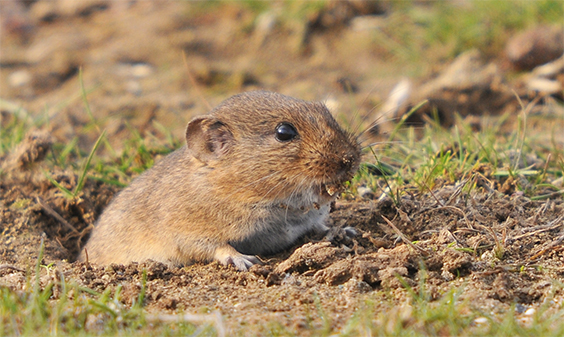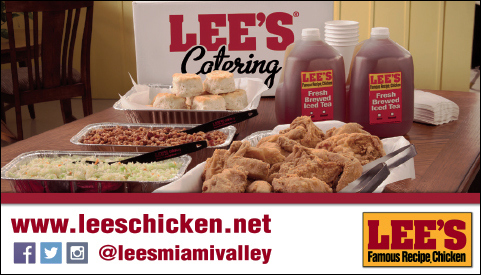 Mice, voles and other rodents can cause damage to plants when the winter weather is particularly severe. Many times snow cover will conceal what is going on and the chewing that is occurring. By the time we discover what has been going on during the winter months it is too late to stop the destruction. Be vigilant and keep your eye on your plants, even in the winter months. Rabbits will munch on your burning bush in the winter when there is a good snow cover and their food source is limited.
Mice, voles and other rodents can cause damage to plants when the winter weather is particularly severe. Many times snow cover will conceal what is going on and the chewing that is occurring. By the time we discover what has been going on during the winter months it is too late to stop the destruction. Be vigilant and keep your eye on your plants, even in the winter months. Rabbits will munch on your burning bush in the winter when there is a good snow cover and their food source is limited.
Voles are small rodents that look like mice. They are short-lived, having a lifespan of only three to 12 months. However, they are prolific breeders and in their short lifetime can produce five to 10 litters of approximately seven little ones. They stay active and don’t hibernate, so vole damage to landscapes can happen throughout the year. They eat roots and grasses, and they will sometimes eat the bark (girdling) around the base of shrubs or young trees. If the girdling is extensive it can be critical for survival. Voles travel in shallow runways at the base of plants or just under their roots. Because of their prolific nature, it can be difficult to control them and a combination of control techniques is usually more effective than just one.
Here are a few things you can try that may help you control voles and field mice:
Modify the voles’ environment- Their runways are shallow, so there populations are reduced in frequently cultivated soils. Likewise, frequent mowing tends to discourage them. Keep areas free of debris, and keep vegetation at least 2 feet from the base of young trees and shrubs to discourage voles from gnawing on the bark.
Apply barriers- Hardware cloth with a mesh no bigger than ¼ inch is good protection. Surround the plant or plants with a cylinder of mesh and bury it 6 inches deep, leaving 6 inches above the ground. Because vole runs are shallow, they won’t go under the mesh. Buckets with the bottoms cut out can be an effective substitute for the mesh.
Apply repellent- A repellent is used to make plants unpalatable to voles. However, repellents tend to wear off soon and may wash off with rain or irrigation. Furthermore, voles may become accustomed to the repellent and eat roots and bark anyway. One of most common repellents is capsaicin, derived from hot peppers.
Set traps- Sticky traps or glue traps hold voles in place so they can’t move, allowing for easy removal. Bait mousetraps with peanut butter and oatmeal and place inside the run with the springs facing opposite directions so voles will get trapped from either direction. Cover carefully to avoid unintentional springing of the trap by children or pets.
Go to meadowview.com or send an email to This email address is being protected from spambots. You need JavaScript enabled to view it. with your question or comments.
31 years of growing
Meadow View Growers
www.meadowview.com

